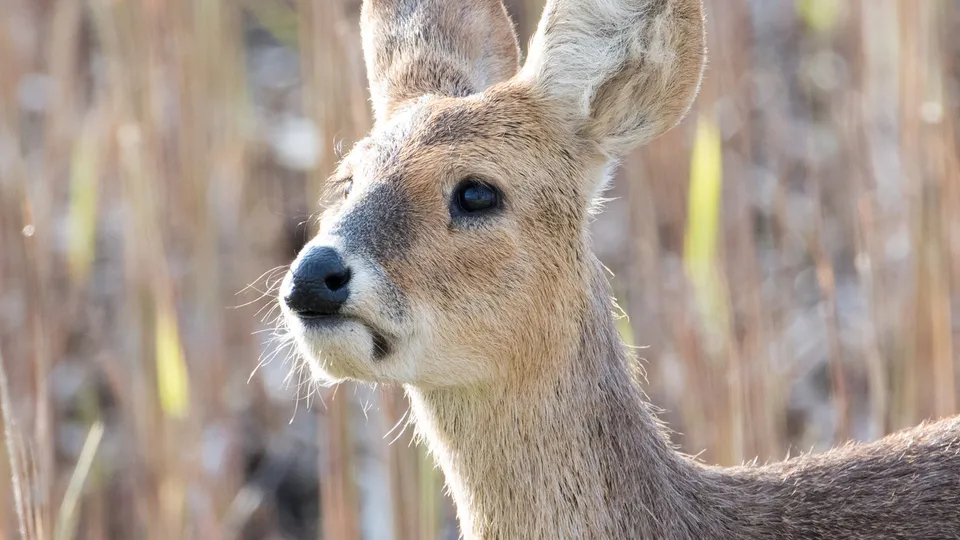
Chinese water deer
Chinese water deer are easily distinguished from other deer by their strange teddy bear like appearance and the huge canine tusks displayed by the stags.

Chinese water deer are easily distinguished from other deer by their strange teddy bear like appearance and the huge canine tusks displayed by the stags.

This jewel like leaf beetle is an incredibly scarce species which is only found in wetland habitats.

Unlike many of its relatives, this shimmering shieldbug is a predator, feasting on caterpillars and a variety of other insects.

This well-camouflaged wader is a winter visitor to the UK, where it can be seen feeding on wetlands with a distinctive bobbing motion.
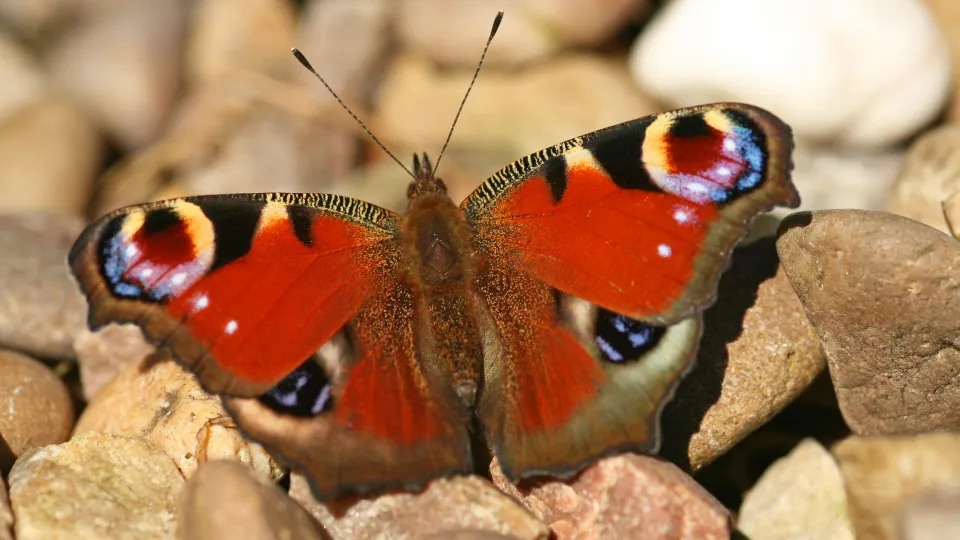
The markings of the peacock are unmistakeable - big, blue 'eyes' just like a peacock's tail feathers. It can be seen feeding on flowers all year-round during warm spells, and overwinters as an adult.
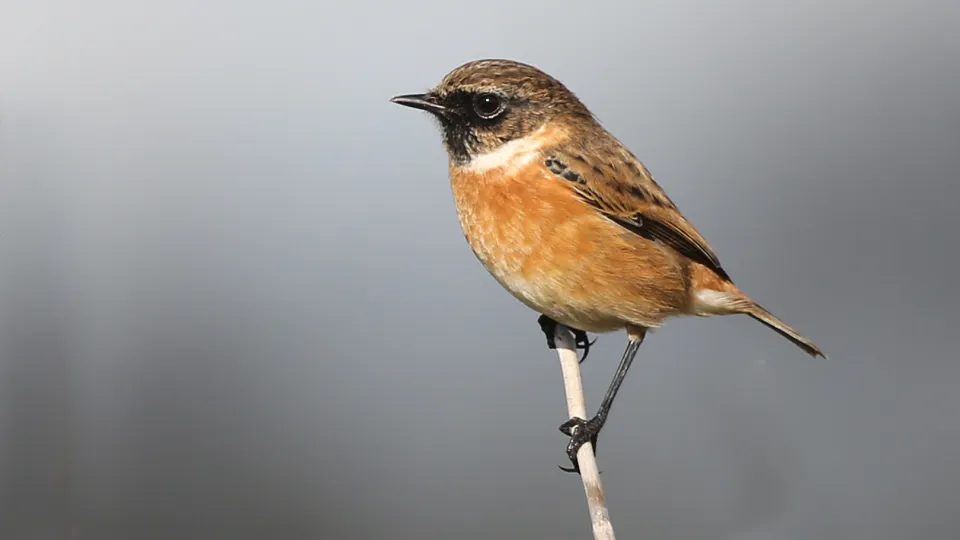
The stonechat is named for its call, which sounds just like two small stones being hit together! It can be seen on heathland and boggy habitats.
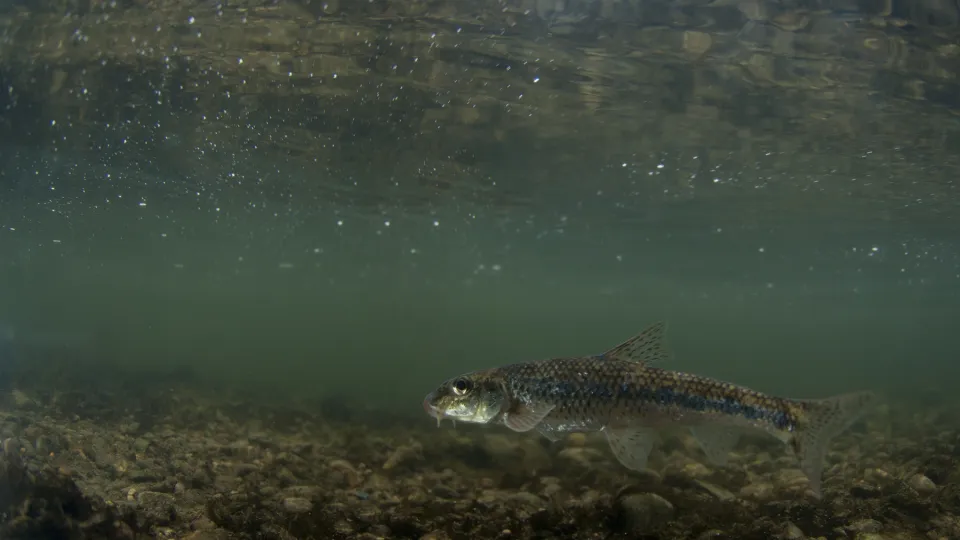
The gudgeon is a bottom-dwelling fish, similar to the stone loach, but with only two whisker-like barbels near its mouth. These sensory organs help it to find its prey in the sand and gravel of the riverbed.
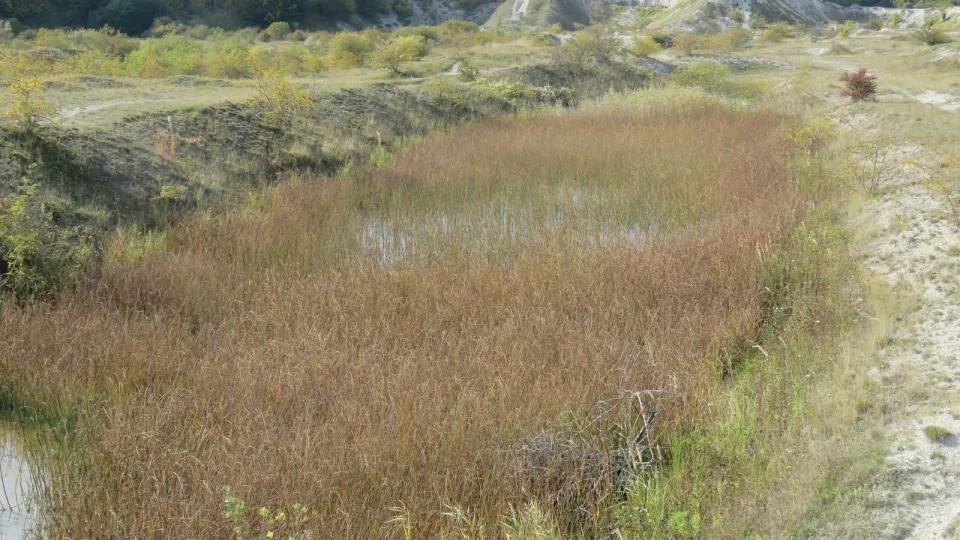
The dark green, straight and spiky stems of common club-rush or 'bulrush' are a familiar wetland sight. They are ideal for weaving and were traditionally used to make baskets, seats and mats.

The waxwing is a colourful winter visitor. It can often be spotted in large flocks in berry-laden bushes in towns, car parks and gardens.
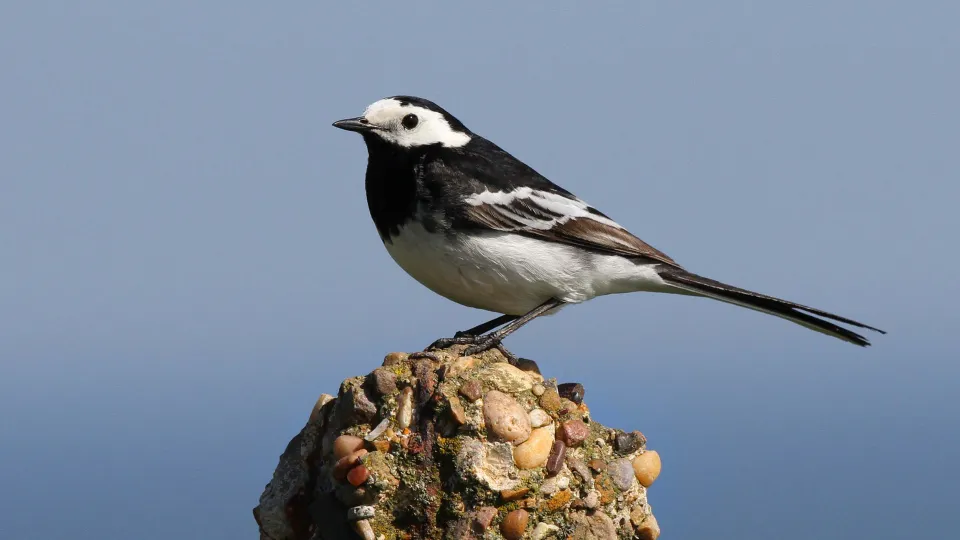
The pied wagtail is a familiar bird across town and countryside. Its black-and-white markings and long, wagging tail make it easy to identify as it hops across the road or lawn.